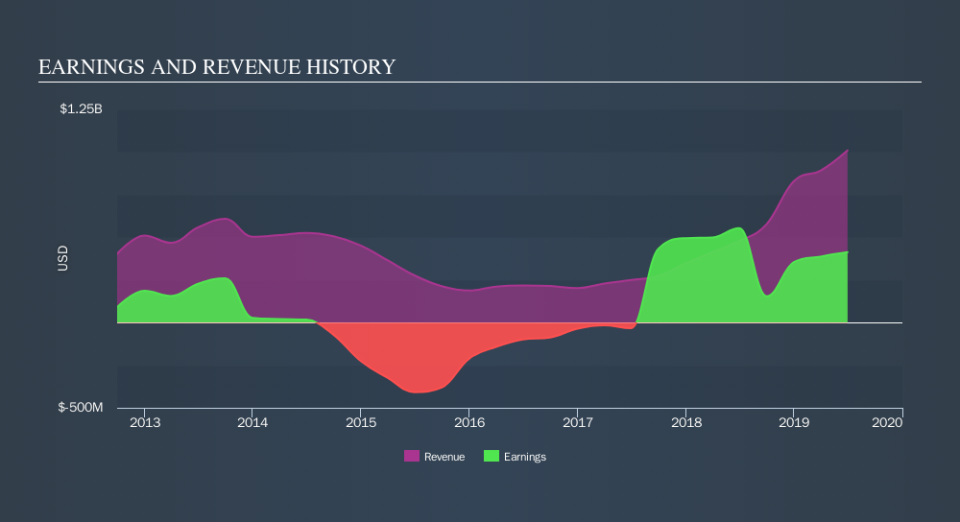What You Must Know About DNO ASA's (OB:DNO) Beta Value

If you own shares in DNO ASA (OB:DNO) then it's worth thinking about how it contributes to the volatility of your portfolio, overall. In finance, Beta is a measure of volatility. Modern finance theory considers volatility to be a measure of risk, and there are two main types of price volatility. First, we have company specific volatility, which is the price gyrations of an individual stock. Holding at least 8 stocks can reduce this kind of risk across a portfolio. The second type is the broader market volatility, which you cannot diversify away, since it arises from macroeconomic factors which directly affects all the stocks on the market.
Some stocks are more sensitive to general market forces than others. Some investors use beta as a measure of how much a certain stock is impacted by market risk (volatility). While we should keep in mind that Warren Buffett has cautioned that 'Volatility is far from synonymous with risk', beta is still a useful factor to consider. To make good use of it you must first know that the beta of the overall market is one. A stock with a beta below one is either less volatile than the market, or more volatile but not corellated with the overall market. In comparison a stock with a beta of over one tends to be move in a similar direction to the market in the long term, but with greater changes in price.
Check out our latest analysis for DNO
What DNO's beta value tells investors
Given that it has a beta of 0.87, we can surmise that the DNO share price has not been strongly impacted by broader market volatility (over the last 5 years). If history is a good guide, owning the stock should help ensure that your portfolio is not overly sensitive to market volatility. Many would argue that beta is useful in position sizing, but fundamental metrics such as revenue and earnings are more important overall. You can see DNO's revenue and earnings in the image below.
How does DNO's size impact its beta?
DNO is a small cap stock with a market capitalisation of kr13b. Most companies this size are actively traded. Small companies can have a low beta value when company specific factors outweigh the influence of overall market volatility. That might be happening here.
What this means for you:
One potential advantage of owning low beta stocks like DNO is that your overall portfolio won't be too sensitive to overall market movements. However, this can be a blessing or a curse, depending on what's happening in the broader market. This article aims to educate investors about beta values, but it's well worth looking at important company-specific fundamentals such as DNO’s financial health and performance track record. I highly recommend you dive deeper by considering the following:
Future Outlook: What are well-informed industry analysts predicting for DNO’s future growth? Take a look at our free research report of analyst consensus for DNO’s outlook.
Past Track Record: Has DNO been consistently performing well irrespective of the ups and downs in the market? Go into more detail in the past performance analysis and take a look at the free visual representations of DNO's historicals for more clarity.
Other Interesting Stocks: It's worth checking to see how DNO measures up against other companies on valuation. You could start with this free list of prospective options.
We aim to bring you long-term focused research analysis driven by fundamental data. Note that our analysis may not factor in the latest price-sensitive company announcements or qualitative material.
If you spot an error that warrants correction, please contact the editor at editorial-team@simplywallst.com. This article by Simply Wall St is general in nature. It does not constitute a recommendation to buy or sell any stock, and does not take account of your objectives, or your financial situation. Simply Wall St has no position in the stocks mentioned. Thank you for reading.

